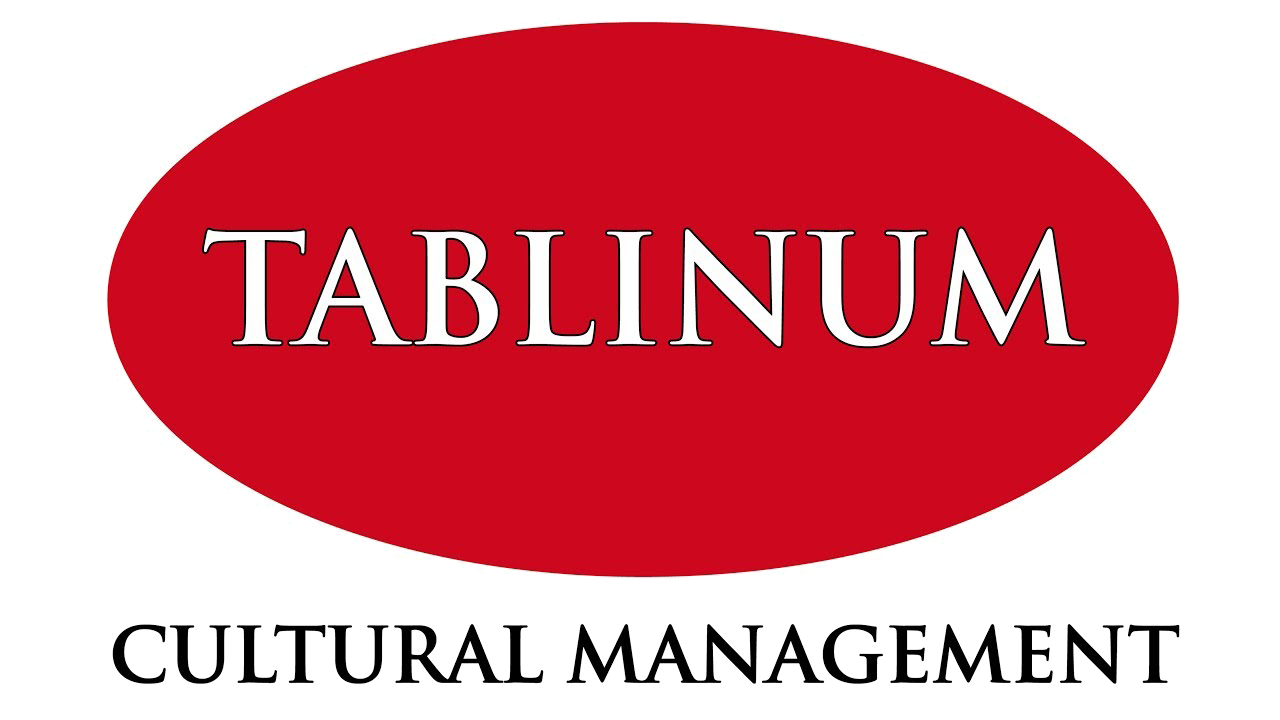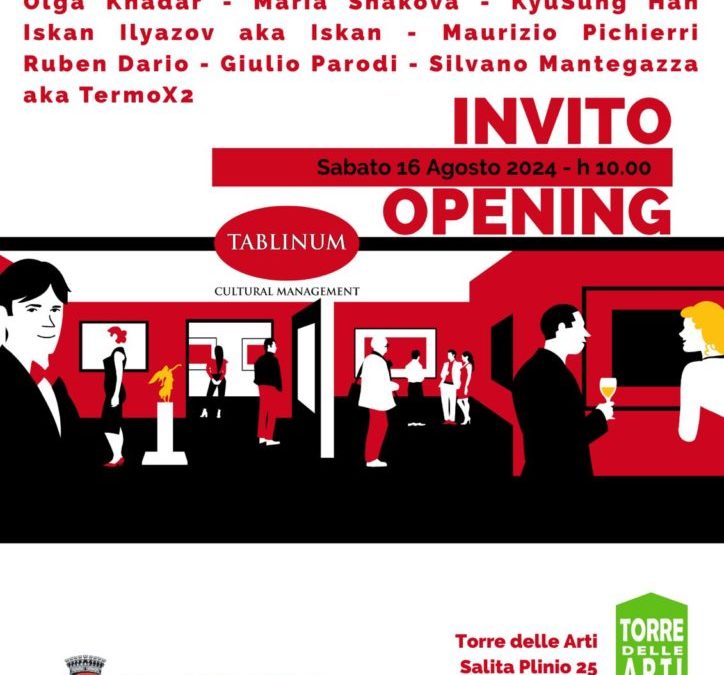This post is also available in:

:
“The work of KyuSung Han
unfolds like a flowing breath,
suspended between the desire to draw near
and the sweetness of contemplative distance.”
Elisa Larese Moro
Born in 1952 in Daegu, South Korea, KyuSung Han is today one of the most intense and contemplative voices in contemporary Korean art. Her work is deeply rooted in a long artisanal tradition, yet it renews that spirit through an intimate, layered, and deeply personal language. Her artistic journey spans over five decades of study, practice, and inner transformation—from early training in applied arts and traditional dyeing at Hongik University in Seoul, to a Ph.D. in Printmaking completed in 2022 at the same prestigious institution.
KyuSung Han never separates the artistic gesture from the spiritual dimension. For her, the artwork arises from a meditative urgency, an existential need. She represents her past self—fragile, searching for a space of her own and a deeper meaning—as an irregular hexagon, an unstable yet fertile symbol of a transforming identity. From this original nucleus, she develops a powerful and delicate visual language in which material becomes a vehicle of thought.
At the center of her practice is hanji, traditional handmade Korean paper—a living, porous surface capable of capturing every vibration of her gesture. Through a lengthy process involving natural dyeing with ancient pigments such as madder, indigo, or logwood grey, the artist shapes the paper using techniques of embossing, folding, casting, and pressing. The result is three-dimensional forms that verge on sculpture. Time is a precious ally: the sheets dry in the wind, breathe, contract, and expand, until they stabilize into objects suspended between fullness and void, between gesture and silence.
Works such as The Flow of Mind 9 (2010), with its floating cubes resembling bell towers, stairways, or chimneys, become metaphors for a mind in expansion. In pieces like The Flow of Mind 25 (2015) and The Flow of Mind 28 (2017), embossing and natural pigmentation create textured surfaces animated by abstract textual forms: fragments of her own titles, retrieved from memory, as if resurfacing from the past. These characters—in Hangul, English, and Chinese—are transformed into visual motifs, no longer meant to be read but contemplated. The text loses its communicative function and becomes an emotional sign, a visual echo of a plural cultural identity, internalized and expressed in lyrical form.
The artist does not paint, print, or construct images; she meditates with her hands, allowing inner energy to slowly transfer into the material. In this act, her process of regeneration takes shape. Each work is a stage in a spiritual journey whose purpose is not self-narration, but the transcendence of personal limits and the opening to a new dimension, one of connection with the universe and love for humanity. Her work is as solitary as it is generous: it does not demand attention, but presence; not interpretation, but listening.
Exhibited in prestigious venues—from the Grand Palais in Paris to the Insacentral Museum in Seoul, as well as international fairs in Switzerland, China, India, Cuba, and the United States—KyuSung Han’s work retains a deep intimacy, a rare ability to express emotion without display, to narrate without storytelling. In her coexist the artisan, the intellectual, the calligrapher, the visionary. Her art flows like water—adapting, inscribing, hollowing, regenerating.
With The Flow of Mind, the cycle that gives title to many of her works, Han defines a fundamental concept: thought is not static, but mutable, fluid, in constant becoming. The artwork, then, is not a finished product but a vibrant container of energies—a pause in the continuous movement of existence. And as such, it invites the viewer to slow down, to breathe, to enter into dialogue with the long time of paper, memory, and soul.
In the setting of the Torre delle Arti in Bellagio, suspended between lake and sky, KyuSung Han’s presence takes on a special significance. Her works engage in dialogue with light, air, and the ancient stone of the space. Like the winds that dry the hanji, the genius loci of Bellagio participates in her artistic process. And in this encounter—between East and West, spirit and matter—the most profound mystery of art is renewed: the possibility of transforming fragility into strength, the intimate into the universal.
Elisa Larese Moro
Art historian and curator, Tablinum Cultural Management
KyuSung Han (born in 1952 in Daegu, South Korea) is a multidisciplinary artist whose practice is deeply rooted in traditional Korean art techniques, reinterpreted through a contemporary lens with extraordinary poetic sensitivity. Her artistic research focuses on the flow of emotions, spiritual self-portraiture, and inner transformation, expressed through three-dimensional works made with hanji, the traditional handmade Korean paper. This paper is treated with natural dyes and shaped through pressing, casting, and slow-drying techniques.
In her work, Han incorporates characters in Hangul, English, and Chinese as abstract and symbolic elements, creating a visual language that merges different cultures and scripts into a single expressive flow. Her meticulous and meditative artistic process is, above all, a spiritual practice: through the energy of her hands, she seeks to transcend her own limits, communicate with the universe, and regenerate herself as a new source of human and creative energy.
After earning three academic degrees at Hongik University in Seoul — including a Ph.D. in Printmaking in 2022 — Han has exhibited in numerous solo and group shows across South Korea, Europe, China, the United States, India, and Latin America. Among the most notable venues are: the Grand Palais (Paris), Seoul Arts Center, Art Asia Miami, the Gyeonggi Museum of Modern Art, the Hongik Museum of Contemporary Art, and many international art fairs.
Her works are part of both public and private collections, including the National Museum of Modern and Contemporary Art – Art Bank (South Korea), the Park Soo Keun Museum, and various corporate and medical collections. She has received multiple academic and artistic awards, including those granted by the Korean Contemporary Printmakers Association and the Korea Art Exhibition.
Through her Flow of Mind series, KyuSung Han explores the slow rhythm of thought and existence, offering a vision of art as a space of transformation, listening, and healing. She lives and works in Seoul.
The Flow of Mind 9, lithograph with embossing, 100 × 70 cm, 2010
The Flow of Mind 9 visualizes the process through which inner sensations and reflections condense into form.
The cubes in the work float in the air or rest upon an open hand, symbolizing mental units in flux: boundless spaces where emotions and memories reside.
The structures within the cubes recall bell towers, stone staircases, or chimneys.
Their shapes suggest the accumulation and ascension of thought, the energy rising from within, and the self’s trajectory as the center of reflection.
The cloud-like forms that envelop the scene metaphorically represent the waves and flows generated by the mind’s movement.
All these elements are connected to the hand—the starting point of creation—expressing the self’s desire to expand from the inside out.
Fammi sapere se desideri includerlo in una didascalia, una scheda catalogo o un pannello espositivo.
The Flow of Mind 25, Hanji casting, embossing, natural dye (madder), 68.3 × 49 × 0.5 cm, 2015
The Flow of Mind 25 is a work created by pouring hanji paper dyed with madder, characterized by a naturally raised surface, similar to a bas-relief, formed through repeated pressing and rolling.
Textual shapes appear on the surface, composed of Korean, English, and Chinese characters, extracted from the titles of the artist’s works, ranging from early pieces to the most recent.
The traces revealed during the crafting process unveil the historical layering of the hanji paper and the accumulated tactile sensations, expressing both the material’s intrinsic quality and a profound dimension of inner reflection.
Madder, a plant-based pigment among the oldest used since ancient civilizations, through its natural red tones, evokes an emotional condensation and a silent resonance of the inner self.
The Flow of Mind 28, Hanji casting, embossing, natural dye (indigo, logwood grey), 68.5 × 88.5 × 1.0 cm, 2017
The Flow of Mind 28 is a work created by pouring hanji paper dyed with indigo and logwood grey, featuring a depth akin to a bas-relief, shaped by the material’s texture and the slow pressure of time.
The soft, flowing curve on the left side evokes flow, nature, and journey: it opens outward, yet encloses a dual emotion, between the desire to approach and the tendency to remain in contemplative distance.
The textual form on the right side consists of excerpts from the titles of the artist’s works, from early pieces to the most recent, creating a linguistic space where thoughts and inner emotional states condense.
These two elements contrast in shape, density, and direction, and the entire composition meditatively reveals a contemplative depth between permanence and flow, observation and immersion, through a restrained color palette and the tactile materiality of hanji paper.

